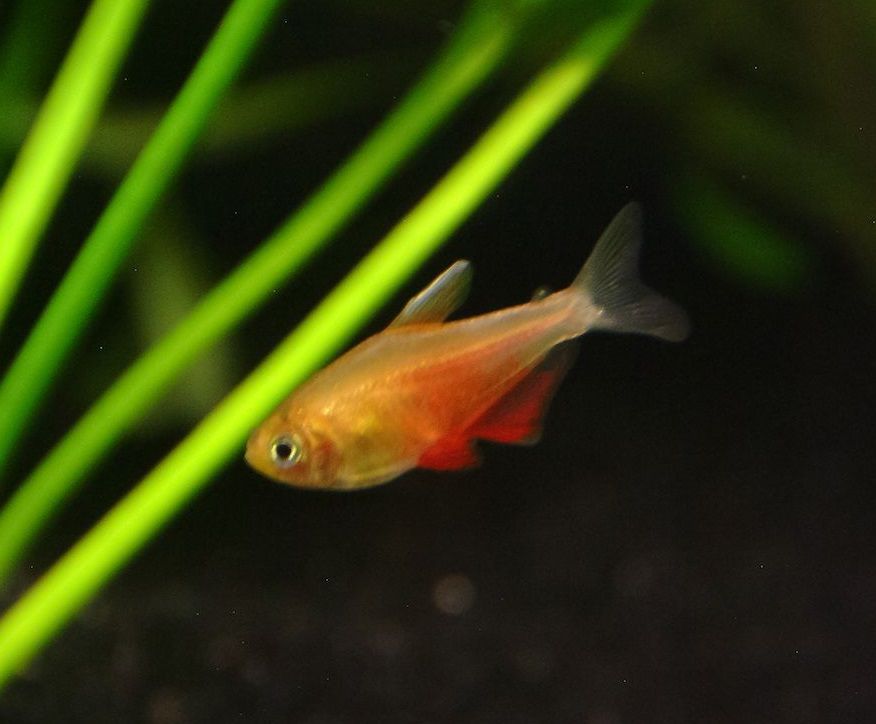Your Aquarium, Delivered.
Looking to build your dream tank? You've come to the right place.
Bunnycart is India's leading aquarium online store - trusted by hobbyists, beginners, and pros alike.
What You'll Find Here
- Live aquatic plants, fresh from our own farm
- Easy-to-grow tissue culture plants
- Healthy, active fish from our online aquarium fish store
- Smart tools and accessories to complete your setup
Why Bunnycart Works
- We're not just an online aquarium store - we grow what we sell
- Expert packing and shipping for live arrival
- Doorstep delivery across India
- Free delivery for Plant orders above ₹ 499
Start Small. Grow Big.
- Pick your plants
- Choose your fish
- Place your order through our aquarium shop online
- Watch your tank thrive
Simple. Safe. Delivered.
You don't need to visit five stores. You don't need to guess what works. With Bunnycart, you get everything in one place - straight from India's most reliable online aquarium store.
Build better tanks. Shop smarter. Begin now with Bunnycart.
Customer Reviews
Testimonials

It was my first order from Bunnycart and I can say that it was totally up to the mark. Their service is quite reliable. I had ordered a few aquarium plants and the product was delivered in time with good packing which avoided any damage.
Deeraj

Fast delivery Value for money Live and fresh delivery
Ashish Subba

Loved the Service. Really satisfied with the purchase. Just wondered, the price difference between Bunnycart plants and at shops. Packaging also came out well. Thanks
Saleem Malik

i ordered few plants and got within two days in guwahati.all plants are healthy and as like as shown in website.excellent packing.really satisfied.overall excellent.thanks.
bhaskar mahanta

I had ordered pistia plants . They were so tiny they didn't survive. The other plants are good. Can I get another set.
uma

Good quality fish
Karthikeyan










